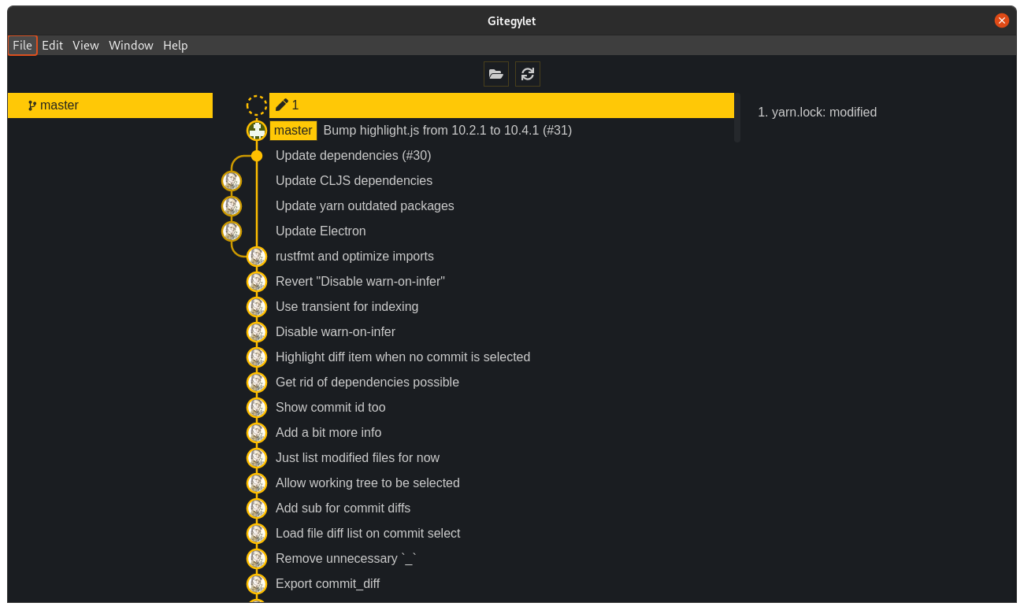My cluster is now running on k3s 1.20.6 and Argo CD 2.0.0 with its Helm chart at 3.2.2. Actually, upgrading Argo itself wasn’t much of a problem. I just changed the targetRevision of the Application and it was up and running in a few minutes. Then a few days later things got interesting.
There were no downtimes, but I noticed that Argo started failing to sync itself. Apparently a new minor version of the Helm chart came out (though it was still the same application version) that added support for the networking.k8s.io/v1 version of Ingress. However, it also accidentally broke clusters running Kubernetes before 1.19. And mine was one such.
While the Argo people are figuring out how to fix this (if), I decided to go and take this opportunity to upgrade my cluster. This wasn’t as painless as it should’ve been though.




